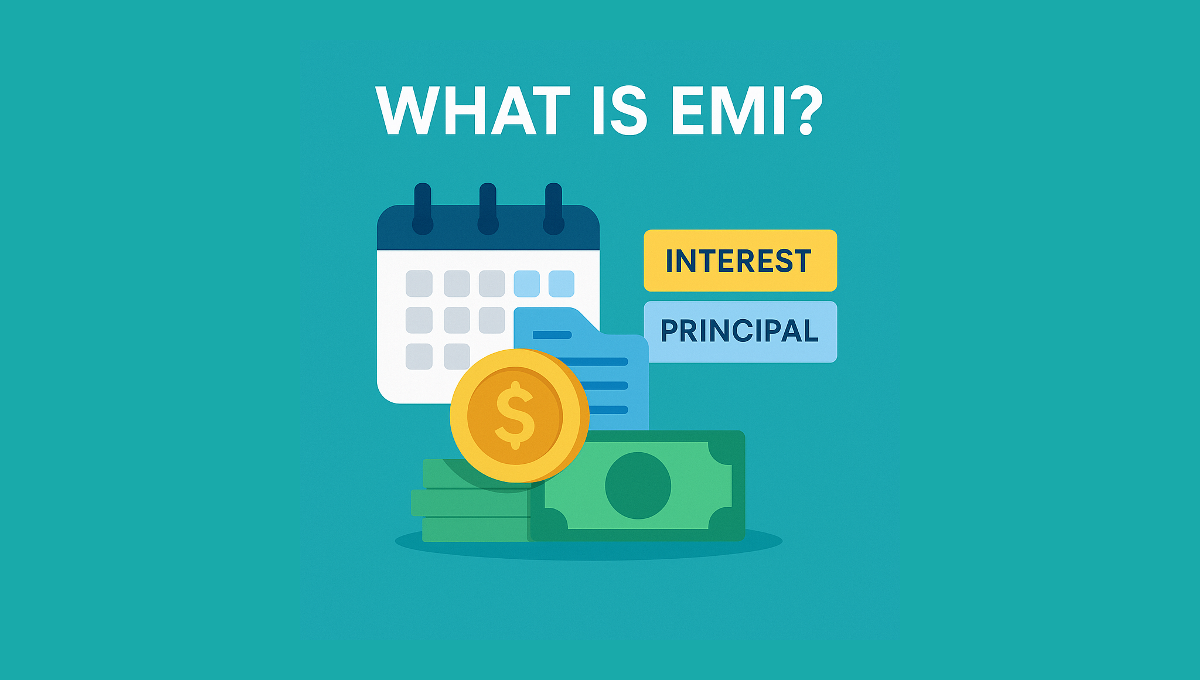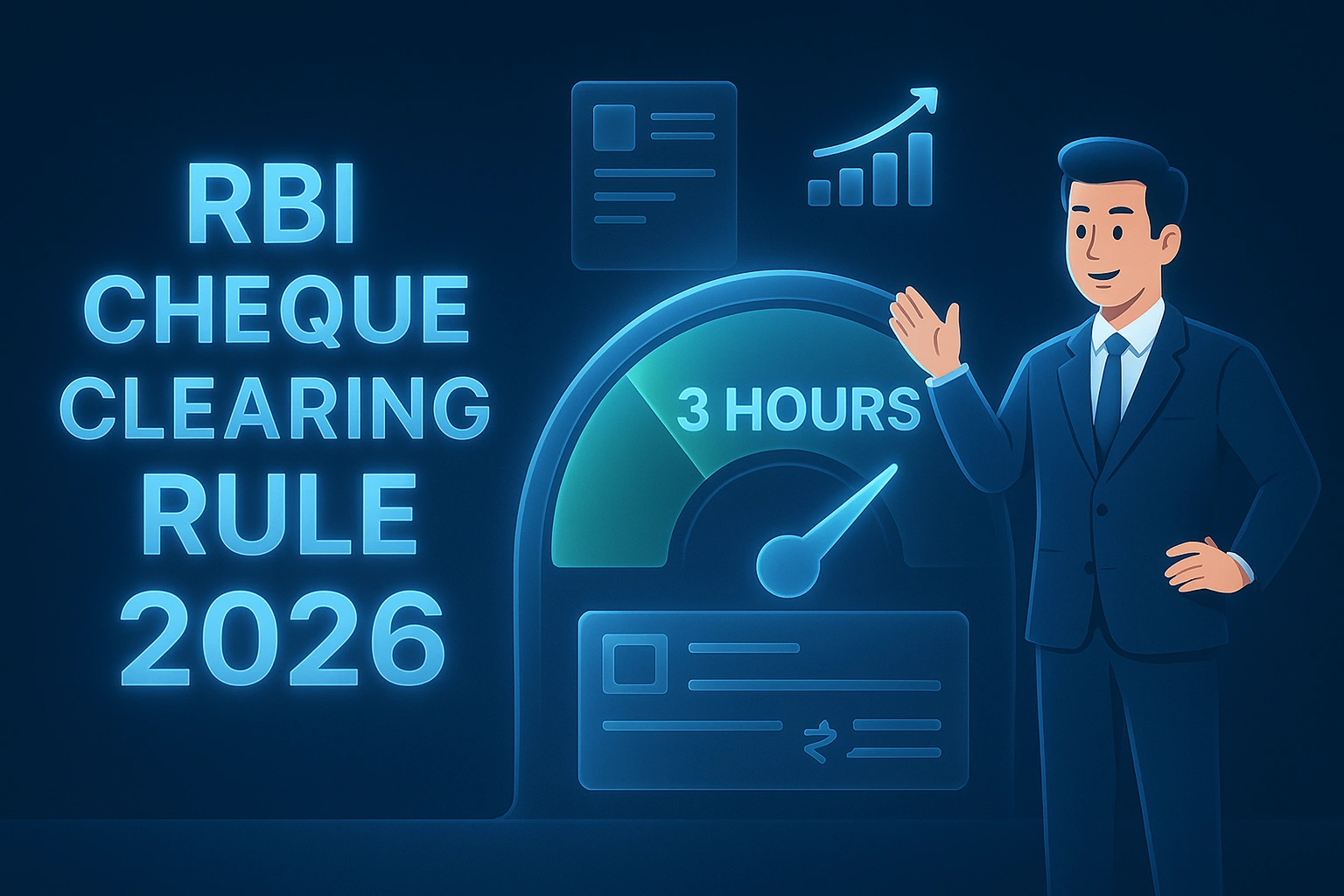🌟 Introduction: Why Your CIBIL Score Matters
Imagine walking into a bank to apply for a loan. Everything seems fine — your income is good, documents are ready — yet your loan gets rejected. Why?
The answer often lies in your CIBIL Score.
Your CIBIL score is like your financial report card. It tells banks and lenders how reliable you are when it comes to repaying money. Whether you’re applying for a personal loan, credit card, home loan, or car loan, your CIBIL score decides how lenders see you.
If your score is good, you’ll enjoy faster approvals, lower interest rates, and higher credit limits. But if it’s low, getting a loan can become stressful and costly.
Let’s understand what CIBIL really is — and more importantly, how you can improve your score easily with the right habits and smart tools from TechFinServ.
🧾 What Is CIBIL and What Does CIBIL Score Mean?
CIBIL (Credit Information Bureau India Limited) collects credit history from banks and NBFCs and generates your credit score — a three-digit number between 300 and 900 that shows lenders how creditworthy you are.
CIBIL collects and maintains records of your credit cards, loans, payment history, defaults, and outstanding balances from banks and NBFCs (Non-Banking Financial Companies).
Based on this data, it generates your CIBIL Score — a three-digit number between 300 and 900 that represents your creditworthiness.
📊 CIBIL Score Range and What It Means
| CIBIL Score | Meaning | Loan Approval Chances |
|---|---|---|
| 750–900 | Excellent – You’re a trustworthy borrower | Very High |
| 700–749 | Good – Minor issues but overall healthy | High |
| 650–699 | Average – May face higher interest rates | Moderate |
| 550–649 | Poor – Multiple payment issues | Low |
| 300–549 | Very Poor – High risk for lenders | Very Low |
🧠 How Is Your CIBIL Score Calculated?
Your CIBIL score is calculated based on several factors. Each factor carries a different weight:
| Factor | Weightage | Description |
|---|---|---|
| Payment History | 35% | On-time vs. delayed payments |
| Credit Utilization Ratio | 30% | How much credit you use vs. available limit |
| Credit Mix & Duration | 15% | Type and age of loans (secured/unsecured) |
| Number of Enquiries | 10% | How often you apply for new loans/credit |
| Outstanding Debt | 10% | Total balance due |
Let’s break down these factors:
- Payment History (35%)– Even one missed EMI or credit-card bill can lower your score.
- Credit Utilization (30%)– Using over 30% of your card limit regularly signals over-reliance on credit.
- Credit Mix (15%)– A healthy combination of secured (home/car loans) and unsecured loans (personal loans/credit cards) boosts your score.
- New Credit Enquiries (10%)– Too many applications in a short period make you look credit-hungry.
- Outstanding Debt (10%)– The higher your unpaid balance, the more your score suffers.
📑 Understanding Your CIBIL Report
Your CIBIL Report (Credit Information Report – CIR) gives a detailed view of all your credit accounts, repayment behavior, and current status.
Here are some key terms and their meanings 👇
| Term | Meaning |
|---|---|
| DPD (Days Past Due) | Number of days payment was delayed in a month. “000” means on-time payment. |
| STD (Standard Account) | Account with timely repayments – best status. |
| SUB (Sub-Standard Account) | Payments overdue by more than 90 days. |
| DBT (Doubtful Account) | Loan overdue for over 12 months, doubtful recovery. |
| LSS (Loss Account) | Loan written off by the bank; severe negative mark. |
| 000 / 030 / 060 / 090 | Numeric delay codes (e.g., 030 = 30-day delay). |
| XXX / NA | Not Reported by financial Institute or account inactive that month. |
| WRITEOFF / SETTLED | Indicates non-payment or partial settlement – damages score. |
| Closed / Active | Loan status – closed means paid off, active means ongoing. |
✅ TechFinServ Tip:
Regularly download your CIBIL report (you can get one free report annually) and check for errors, wrong DPD entries, or old settled loans that still appear active.
If you find inaccuracies, raise a CIBIL dispute immediately.
💔 Common Reasons for a Low CIBIL Score
If your score is below 700, it could be due to one or more of these reasons:
- 1. Late or missed EMI payments
- 2. High credit-card usage (above 50%)
- 3. Multiple loan applications in a short time
- 4. Old defaulted or settled loans
- 5. Co-signing or being a guarantor for a defaulter
- 6. No credit history at all (thin file)
🌱 How to Improve Your CIBIL Score Quickly
Improving your credit score isn’t instant — but with consistent effort, you can see results within 3–6 months.
Here are proven steps to boost your score:
- 1. ✅ Pay EMIs and Credit Card Bills on Time
- 💳 Keep Credit Utilization Below 30%
- 3. 🏠 Maintain a Healthy Credit Mix
- 4. 🔍 Check Your Credit Report Regularly
- 5. 🧾 Don’t Apply for Too Many Loans Simultaneously
- 6. 💬 Avoid Loan Settlements
- 7. 📈 Increase Credit Limit (But Use Wisely)
- 8. 🧍 Become an Authorized User
- 9. 💡 Use TechFinServ’s Tools
Set up auto-debit or reminders for due dates. Even a single missed payment reflects negatively for up to 24 months.
If your credit-card limit is ₹1,00,000, try not to spend more than ₹30,000 monthly. It shows discipline and responsible usage.
A mix of secured (home, car) and unsecured (personal, credit card) loans demonstrates stability.
Errors are common — for example, a closed loan still showing as “active”. You can dispute such issues directly with CIBIL.
Each loan or card application adds a hard enquiry. Too many enquiries reduce your score.
Settling loans for less than the due amount may give temporary relief but leaves a “settled” remark that hurts future approvals.
If you handle credit well, ask your bank for a higher limit — this reduces utilization ratio and boosts score.
If a family member with a good score adds you as an authorized user, it can help build your score faster.
Use TechFinServ’s EMI calculator and Loan Eligibility Calculator to plan your repayments smartly.
Paying EMIs strategically can help you avoid delays and lower interest burden, which improves your score naturally
🏦 CIBIL Score and Loan Eligibility
| CIBIL Score | Loan Eligibility | Interest Rate Benefit |
|---|---|---|
| 750+ | High chances of approval | Lowest rates |
| 650–749 | Possible with some conditions | Slightly higher |
| 550–649 | Difficult; need strong income proof | High interest rate |
| Below 550 | Usually rejected | Not eligible |
👉 Even if your score is low, you can still apply for loans for low CIBIL score through TechFinServ’s partner network — designed for customers rebuilding their credit.
💬 How Long Does It Take to Improve a CIBIL Score?
It depends on how serious your issues are:
- Minor delays (few missed EMIs):2–3 months of consistent repayment
- High credit utilization:1–2 months after reducing usage
- Settled/Written-off accounts:6–12 months after full repayment and dispute resolution
The key is patience + consistency. A good score is built over time through steady financial behavior.
🧰 How TechFinServ Helps You Build a Strong CIBIL Score
TechFinServ isn’t just about calculators — it’s about smart financial planning.
Here’s how we can help:
- 1. Check Your Loan Eligibility before applying → avoid unnecessary hard enquiries.
- 2. Use the EMI calculator→ plan affordable EMIs and pay on time.
- 3. Explore Flexible Loan Options→ like Flexi Hybrid Loan, which let you pay interest-only EMIs initially to manage cash flow.
- 4. Learn with Expert TechFinserv Blogs→ stay updated on financial best practices.
With TechFinServ, you can save interest, manage debt, and maintain a healthy CIBIL score effortlessly.
🔎 How to Check Your CIBIL Score Online — Step-by-Step Guide
Checking your CIBIL score online regularly helps you track your credit health and fix errors early. You can check your CIBIL score for free using official portals and trusted financial platforms like CIBIL.com, Paisabazaar, BankBazaar, and your bank’s app.
🏦 1. Check Your CIBIL Score on the Official Website (CIBIL.com)
Visit www.cibil.com — the official TransUnion CIBIL website. Create a free account using your PAN and registered mobile number to view your credit report (CIR) and CIBIL score. You’re entitled to one free report per year directly from CIBIL.
💻 2. Check CIBIL Score for Free via Paisabazaar
Paisabazaar offers a free CIBIL check online with no hard enquiry. After signup, it shows your updated CIBIL score and report summary — powered by TransUnion CIBIL. It’s useful for monthly score tracking.
📲 3. Check Through Your Bank or Credit Card App
Many banks like HDFC Bank, ICICI Bank, Axis Bank, and card issuers now show your credit score inside net banking or their mobile app dashboards. These are soft enquiries, meaning they do not impact your CIBIL score.
🌐 4. Other Trusted Portals (BankBazaar, Wishfin, etc.)
Sites like BankBazaar and Wishfin also provide free CIBIL score checks. These platforms use soft checks and let you view monthly updates without affecting your score.
🧠 Understanding Soft vs Hard Enquiries
| Type | Description | Impact on Score |
|---|---|---|
| Soft Enquiry | When you check your own CIBIL score or use portals like Paisabazaar / BankBazaar. | ✅ No impact |
| Hard Enquiry | When a lender checks your score after a loan or credit card application. | ⚠️ May slightly lower your score if done too often |
⚡ Quick Steps to Check CIBIL Score Instantly
- Go to CIBIL.com or Paisabazaar.com
- Enter your PAN, Date of Birth, and mobile number
- Complete OTP verification
- View or download your latest CIBIL report
💡 Pro Tip: Check your CIBIL score once a month to spot sudden drops or reporting errors early.
🌟 Conclusion: Build a Financially Strong Future
Your CIBIL score is your financial reputation. It reflects how responsibly you handle credit — and directly affects your borrowing power.
A good score opens doors to better loans, lower interest, and greater financial freedom.
By following the right habits and using TechFinServ’s smart tools, you can take full control of your credit health.
Remember:
“Good credit is not built overnight — it’s built every time you pay on time.”
Start today with TechFinServ — check your eligibility, plan your EMIs, and move one step closer to your financial goals.
 What is EMI ?
What is EMI ?
What is EMI in Loans Dicover it's Full Form, Meaning and smart tips to reduce Your Personal Loan And Home Loan EMIs Easily.
Read More → Flexi Hybrid Loan - Explained
Flexi Hybrid Loan - Explained
How Flexi ODs mix flexibility with lower cost.
Read More → 🕒 RBI Cheque Clearing Rule 2026 – Faster, Same-Day Settlement
🕒 RBI Cheque Clearing Rule 2026 – Faster, Same-Day Settlement
"Faster cheque clearing for instant fund access and smooth banking.
Read More →